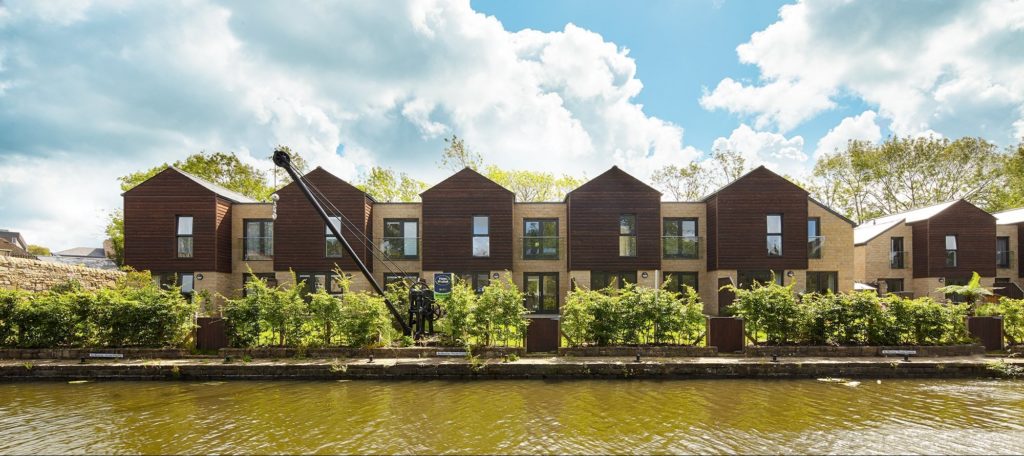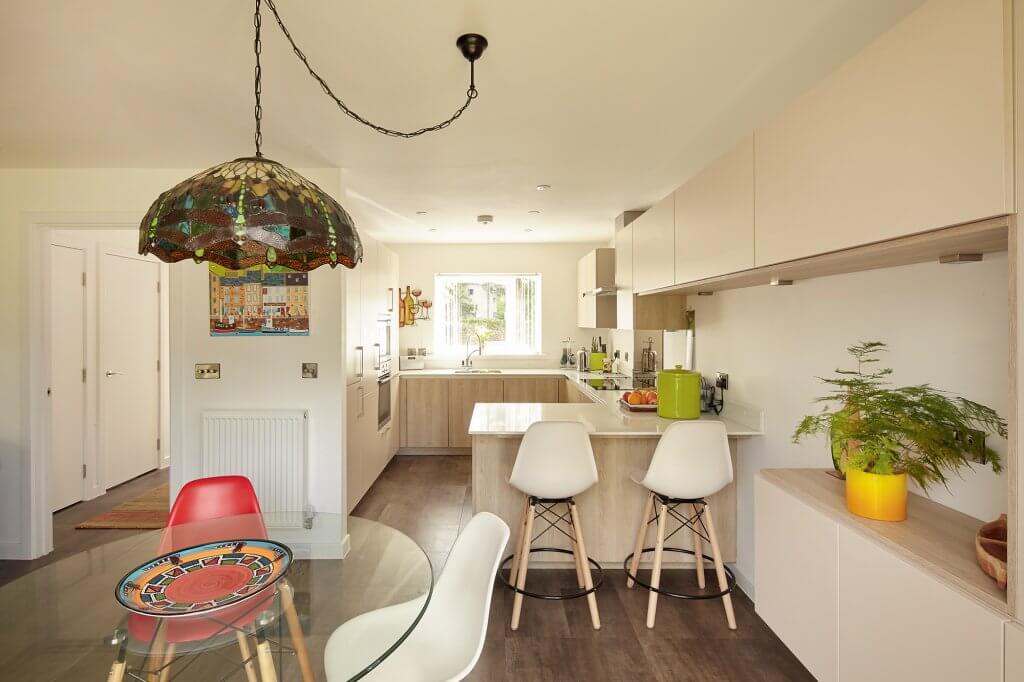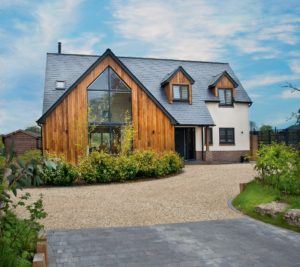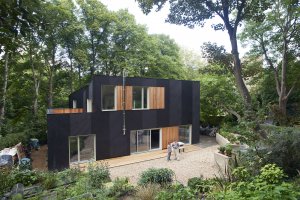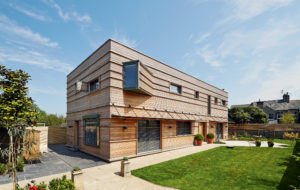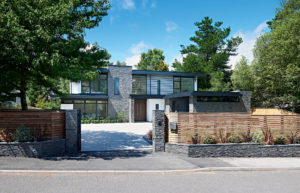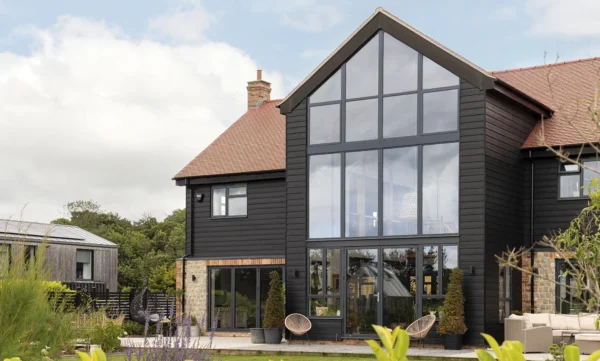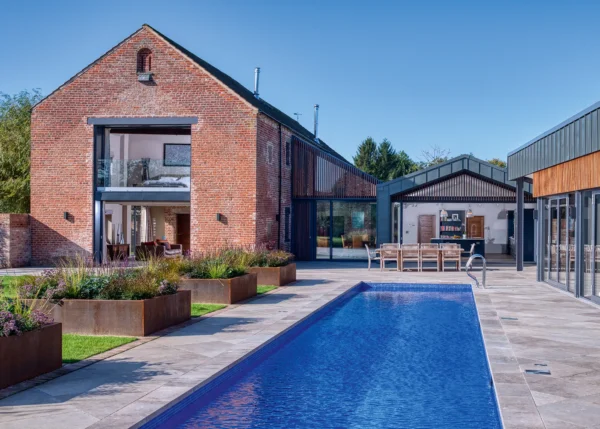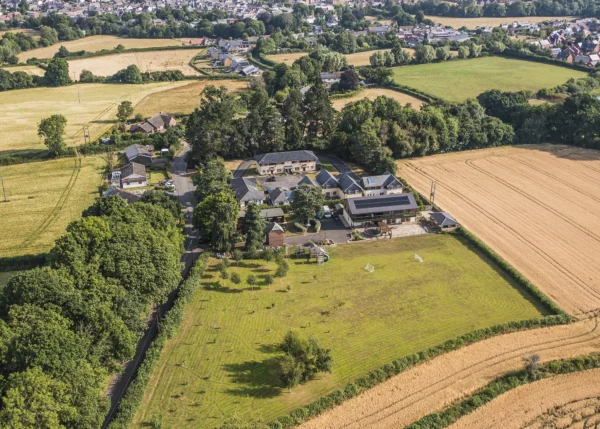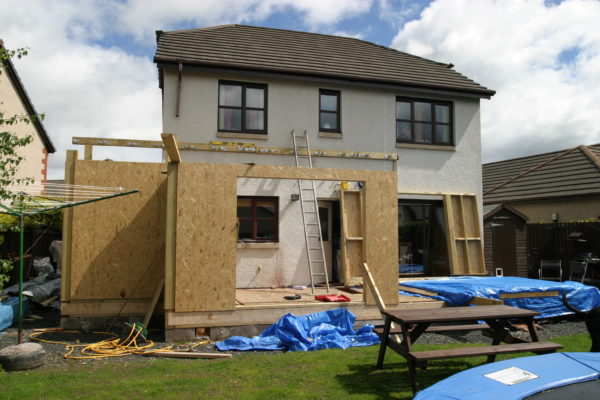How to Save Money on Your Self Build Project
If you’re in the early stages of planning a self build project, you’re probably focused on one thing: finding and buying the ideal plot of land at the best price you can.
Creating your own home from scratch comes with many budgeting benefits, including the fact you won’t have to pay VAT on most of the materials and labour. Yet there are some fees and costs that first-timers, especially, may not be aware of – and which could have an impact on the success of your scheme.
Here, I’m highlighting some of the most significant hidden fees that can creep up on you before you’ve even got your home building project out of the ground.
When you’re hunting for land, you need to think about how suitable it is for the kind of house you want to build. You may well have a designer on board already who can help you make some top-level assessments; but at the very least you should consider the general ground conditions.
1. Plot appraisal
Clay soils, trees (especially protected examples – see point three), sloping sites and the presence of any nearby mining/extraction activities could all add to the cost of groundworks and foundations, for instance.
Distance to services may also be a factor (generally, the further away the connection is the more you’ll need to pay; and in some circumstances it may be better to switch to renewables).
That said, the figures will often still stack up in terms of overall plot and build cost versus the value of the finished house.
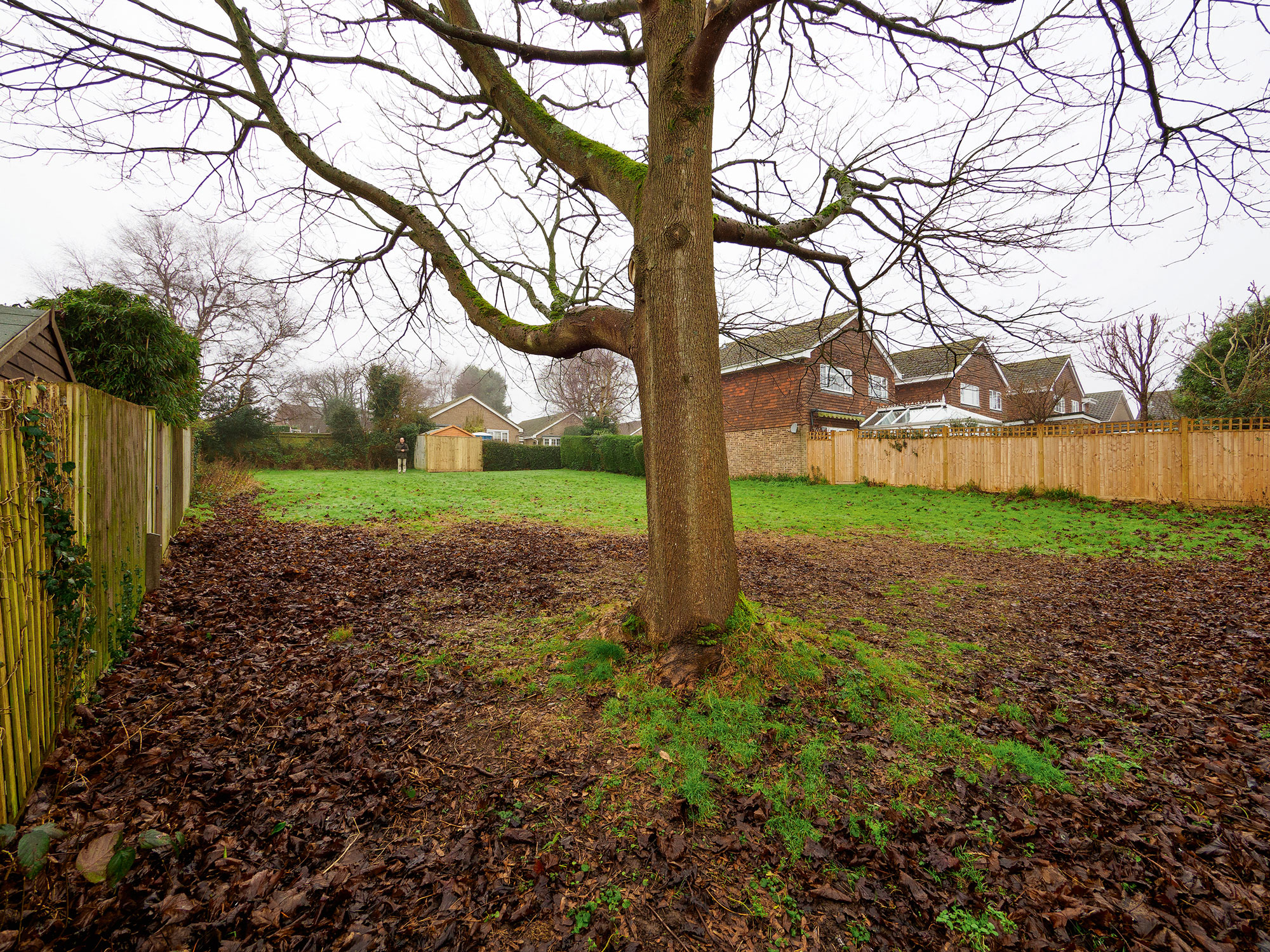
Fnd out more: Building plots and conversion opportunities on PlotSearch portal
Digging trial pits and testing soil aren’t really jobs you can tackle yourself. The local building control officer may be able to give you a heads up on what you’re likely to find beneath the ground; but in some cases you will need to arrange a site investigation with a professional surveyor or engineer.
- Site survey: around £500-£700
- Trial holes dug by JCB: around £300 per day
2. Building on sloping sites
Self building on a plot with a steep gradient will always cost more than working with a flat piece of land, due to the need for deeper or specialist foundations and/or site levelling.
There are advantages to challenging plots, however: they can lead to distinctive architectural solutions, for instance, and finished homes often benefit from fantastic views.
One design feature that can work well for a sloping plot is to include a basement in your plans by building into the gradient. This may not represent a huge additional outlay compared to the cost of digging deeper foundations, and of course will increase the amount of living space.
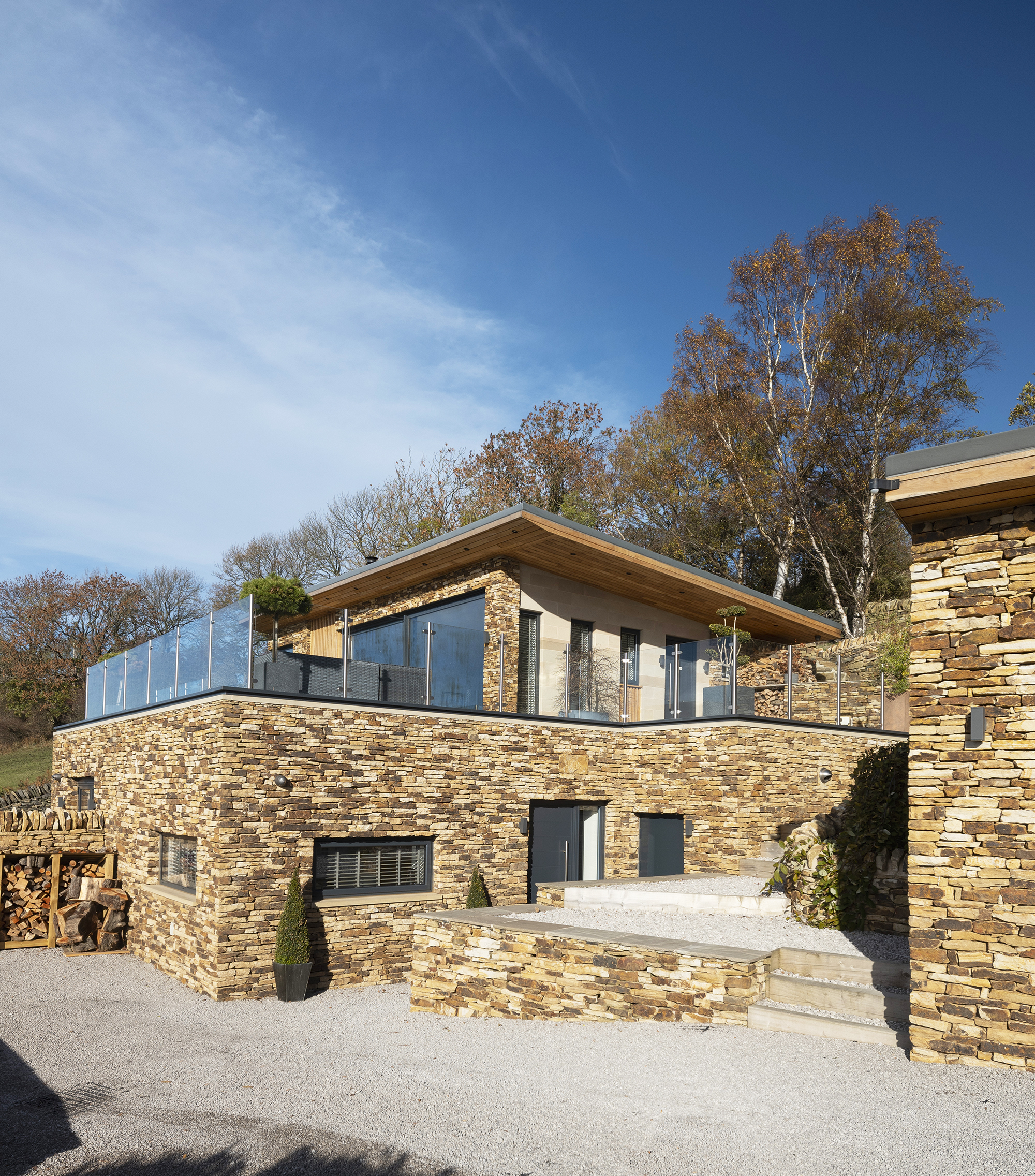
Simon and Nicola Wells overcame the odds to self build an award-winning new home on a sloping plot. Explore the home here
Read the full story: Modern Masonry Home on Stunning Sloping Plot
Building a basement will involve works such as retaining walls, waterproofing, deep drains and/or the installation of a pump if the falls are against you. So get an engineer on board to investigate the conditions early on (as per point one) so you know exactly what you are dealing with.
If your budget is limited, it may be better to move on and continue searching for a
more level plot.
Sloping site cost implications
- Deeper foundations: £10,000-£20,000
- Site levelling by JCB: £250-£300 per day
- Spoil removal: around £35-£40 per m3
- Installation of a pump for foul drainage: £5,000+
3. Building near trees
While good specimens can add character and charm to a piece of land, even a handful of trees can have an impact on house position and foundation design.
If the building is going to be very close to trees, you may have to introduce measures to protect them from mechanical movement (which could otherwise damage their roots). But the most common problem is that roots absorb and release moisture in the ground (drying it out during summer, for instance), which can cause movement and lead to major structural damage to foundations.
Read more: Trees, planning permission and TPOs
To combat this, you’ll usually have to construct very deep foundations – particularly if you’re dealing with high water absorption trees (whether their removal is permitted or not) and where the ground is known to be shrinkable (eg in clay soils).
Tree cost implications
- Accommodating shrinkable clay and trees: £10,000-£20,000
4. Buying property: legal fees & tax
As with any kind of property purchase, there will be legal fees to pay when you buy your self build plot. These can easily run to several thousand pounds, and will take in elements such as land registry charges and local searches.
In many cases the biggest cost will be stamp duty land tax (SDLT), which applies if you buy a property over a certain price threshold in England or Northern Ireland. In Wales, you may need to pay Land Transaction Tax (LTT), which has replaced SDLT from April 2018.
Currently the trigger point is £125,000 for residential property and £150,000 for non-residential land or property; so a good proportion of plot purchases aren’t actually liable for stamp duty. The table overleaf sets out how the tariff rates differ according to the price you’ve paid for the house or site.
The charge is progressive, which means you pay the appropriate percentage within each band, all the way up to the value of your purchase. For example, if the property cost £275,000 you would pay nothing on the first £125,000, 2% on the next £125,000 (£2,500) and 5% on the remaining £25,000 (£1,250) – giving a total SDLT of £3,750.
First-time buyers enjoy relief on the initial £300,000 of a transaction, and then pay 5% on anything from £300,001 to £500,000, which can help make self building even more affordable. Check out HMRC’s stamp duty land tax calculator to find out exactly what you’ll be liable for.
SDLT no longer applies in Scotland; instead, you will need to pay land and buildings transaction tax (LBTT) when you buy a property here. The charge works on the same principle, but the bands are different (0% for up to £145,000; 2% up to £250,000; 5% up to £325,000; 10% up to £750,000; and 12% on anything over £750,000).
Site acquisition cost implications
- Solicitors’ fees: £750-£2,000+
- Stamp duty land tax: 0%-12% of plot purchase price (on a progressive basis according to the relevant bands)
5. Buying property: finance fees
As with most property transactions, the majority of us need to borrow money to self build our own homes. The costs involved in this can be significant and will include mortgage arrangement fees, land valuation, early redemption penalties and interest over the course of the project.
The arrangement fee is the charge your lender or broker levies for setting up your mortgage. The lender will also want to undertake an independent valuation of the land (paid for by you) to ensure their funds are secure – but it’s important to note this doesn’t guarantee the plot or property is worth the amount you’re paying for it.
Once the project is underway, further fees are typically payable for re-inspection of the building work if you’ve gone for a stage payment mortgage.
Read more: Guide to self build mortgages
Bear in mind you must be realistic about how much time your scheme will take to complete, so you can make certain that you have the necessary cash available at the right times. Mortgage/loan interest can quickly add up, so the speed at which the project is delivered is important. Brokers such as BuildStore can help you to better understand this element.
Read the full story: Innovative waterside custom build home
Always get advice from a financial advisor on the best deal for you before you sign up to a mortgage. And don’t forget to look at what happens once your project is finished. In some cases, an early redemption penalty maybe charged if you leave your mortgage deal before the agreed date.
Finance fee cost implications
- Mortgage arrangement fee: £200-£300
- Valuation fee: £160-£300
- Re-inspection fee: £30-£40 for each stage payment (check with lender)
- Early redemption penalty: Varies (check with lender)
6. Home design costs
There are many good architects around who can add flair and value to your project, but one stumbling block is their fees can rise to as much as 15% of the total build cost for a full design and project management service.
This can make sense on a high-end or complex new home (such as a house on a sloping plot), but may not be the best choice for a more straightforward scheme. If your build falls into the latter category, you could engage an architectural technician, for instance, who might charge more like £2,500-£3,500 for their design work.
Alternatively, many package house suppliers subsidise their design fees to encourage you to sign up to their materials supply and installation services.
Stunning designs from our Architecture & Design Directory:
Along with the specification level, the complexity of your project’s architecture and engineering can massively affect your budget; you could easily double your outlay by opting for the best quality materials, for instance.
So whoever your designer is, it’s vital that you brief them properly on the overall budget you have in mind and ask them to think carefully about your finances when coming up with the scheme.
They should ideally conduct several budget checks as the design develops; and you may wish to use an independent resource such as a quantity surveyor or estimating service to verify figures and put you in a strong position when seeking quotes.
Design cost implications
- Architect’s fees: typically 7%-15% of the projected build cost (depending on service level)
- House designer fees: around £2,500-£3,500 for planning drawings, plus the same again for Building Regulations drawings (if required)
7. Connecting to services & sewers
The cost of bringing utilities onto your plot is contingent on the location of the nearest mains supply, which is often – but not always – indicated by the site’s proximity to the highway.
Fundamentally, the further the property is from a connection point, the more the works will cost – and at some point it will become unviable to opt for mains, and you’ll need to look at alternatives such as renewable heating or on-site sewerage.
Read more: Complete guide to connecting to services
I would always recommend making enquiries about the cost of utilities before you buy the plot, as anything out of the ordinary should be reflected in the purchase price.
Service connection cost implications
- Typical connection fees for all utilities (total for water, gas, electricity, telecom and drainage): £3,500-£6,000
- Securing individual quotes is vital, as there are many variables on every site
Top image: This home by Roderick James won the Build It Awards Best Affordable House. Explore the winners here
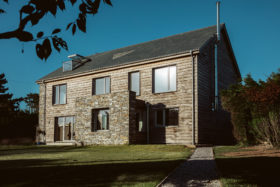
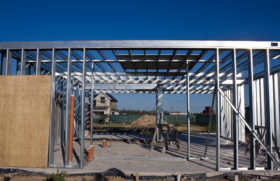


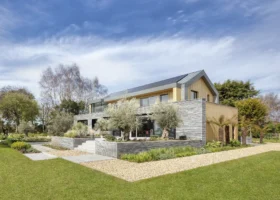
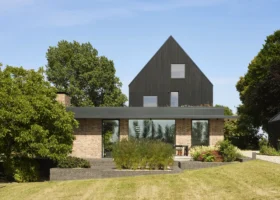







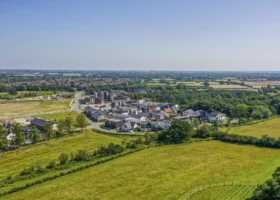




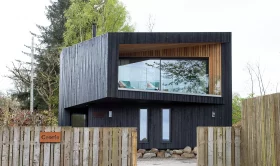
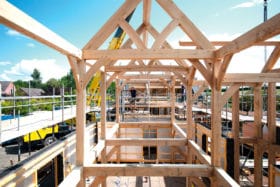
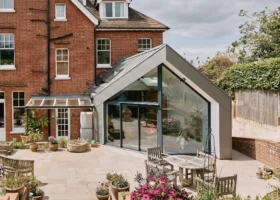
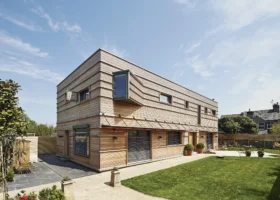
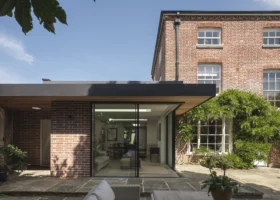
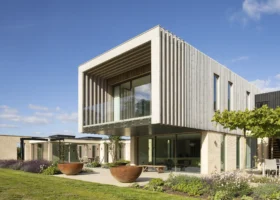
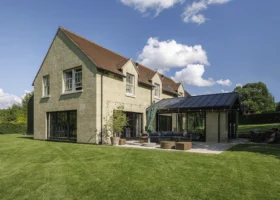
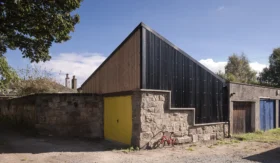
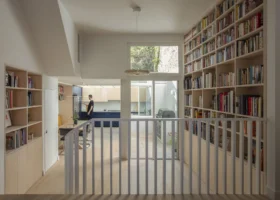
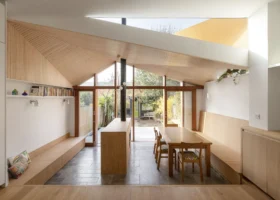











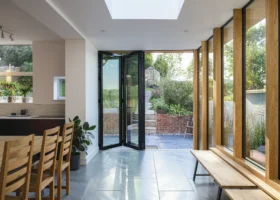
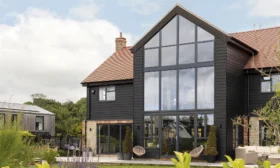
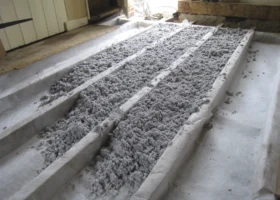
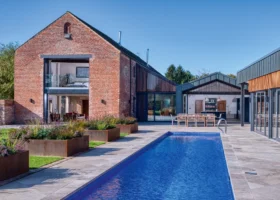
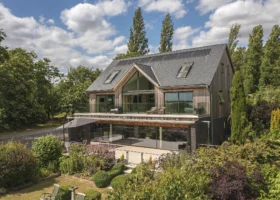
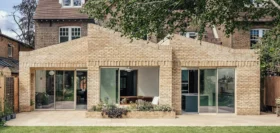
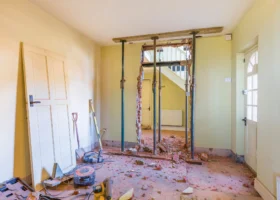
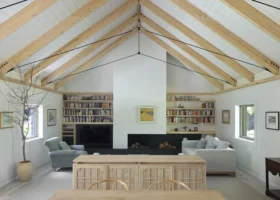
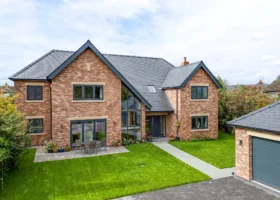
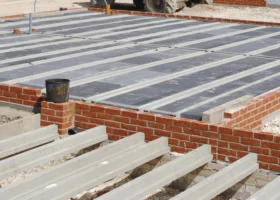


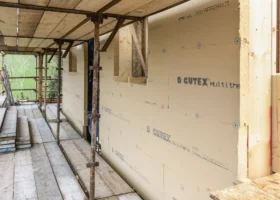



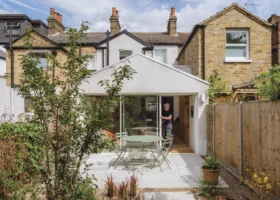
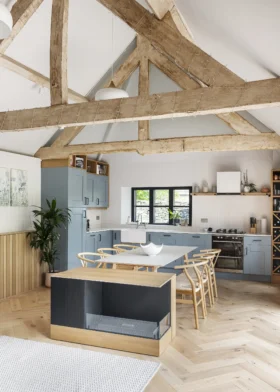
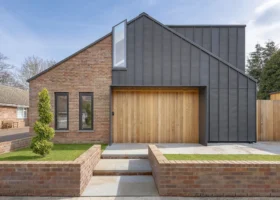
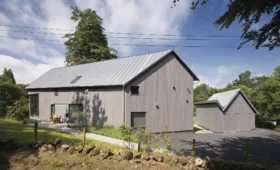






































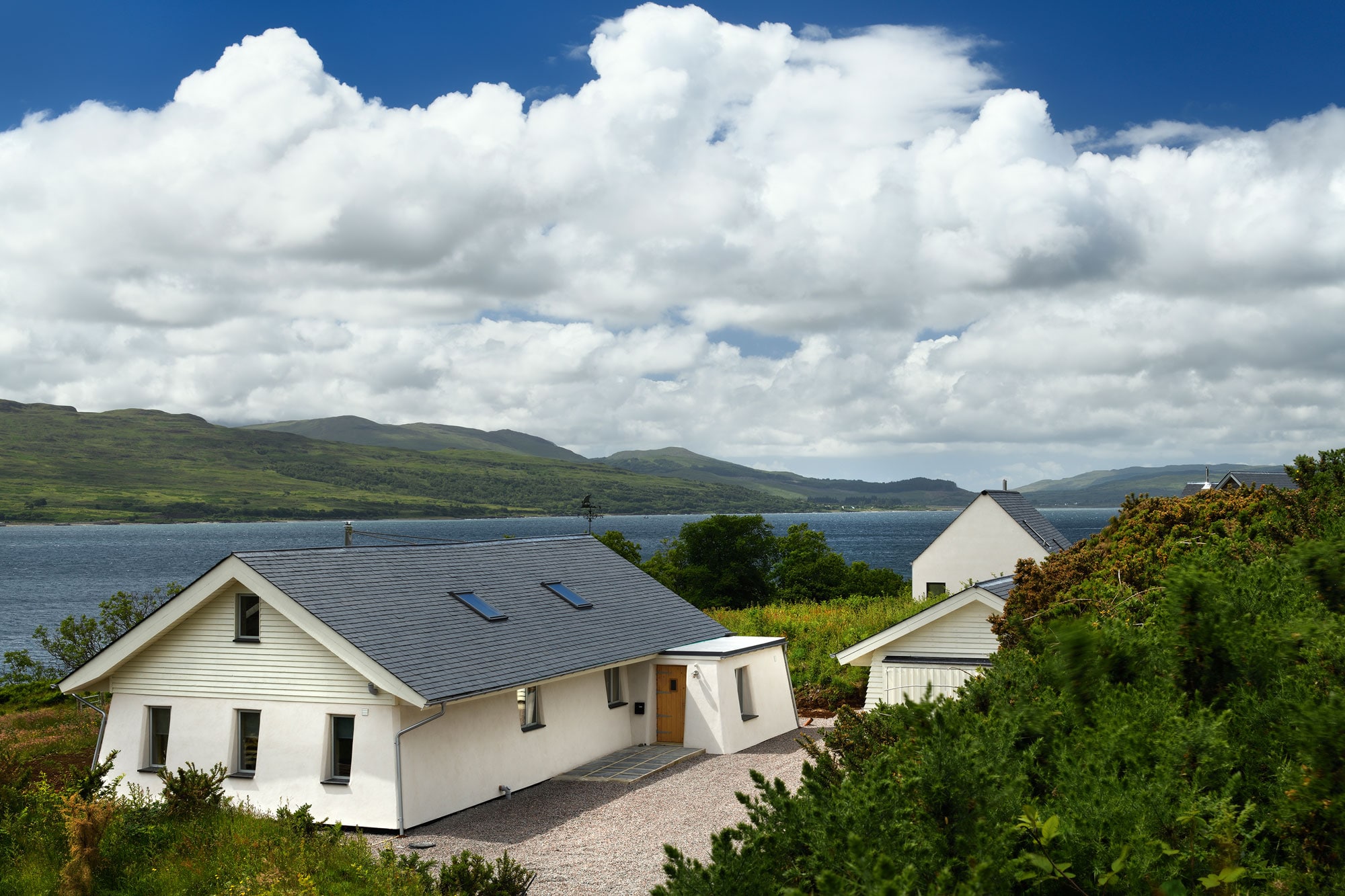
 Login/register to save Article for later
Login/register to save Article for later

